Blood flow can benefit from leg elevation and even low-impact exercise, like walking
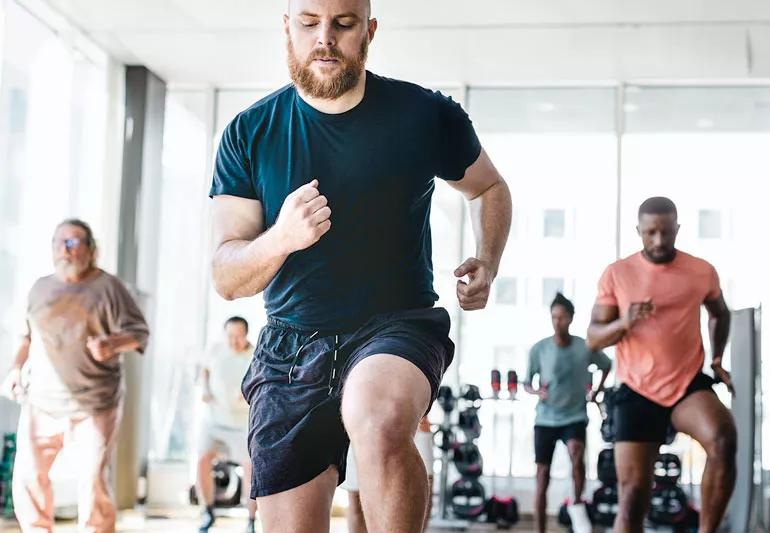
If you’ve ever experienced swelling, skin color changes or even throbbing pain in your extremities, you may be experiencing poor blood circulation. Typically felt in your arms, hands, legs and feet, poor blood circulation can be a sign of something more serious going on with your body.
Advertisement
Cleveland Clinic is a non-profit academic medical center. Advertising on our site helps support our mission. We do not endorse non-Cleveland Clinic products or services. Policy
Having poor circulation can lead to complications ranging from varicose veins and blood clots to wounds — or even amputation. While it’s important to seek help from a healthcare provider, there are also things you can do yourself to help improve blood circulation.
For more information on how to do this, we spoke with vascular medicine specialist Deborah Hornacek, MD.
According to Dr. Hornacek, one of the biggest reasons circulation is so important is that it helps maintain quality of life. “The pain you have walking that can be caused by poor circulation can be debilitating and have an impact on your daily life,” states Dr. Hornacek.
She notes that some assessments have found that people with significant or severe peripheral artery disease (PAD), a condition in which buildup in the arteries impacts circulation, rate their quality of life lower than people with heart failure.
Another condition that Dr. Hornacek says affects circulation is chronic venous insufficiency (CVI). This occurs when the valves inside the veins in your legs don’t work as efficiently as they should. In these cases, your blood has difficulty getting back to your heart and pools in these veins as a result.
Advertisement
Many people who have CVI don’t have the obvious varicose veins that indicate a problem, adds Dr. Hornacek.
Some of the most unpleasant symptoms associated with poor circulation include:
But Dr. Hornacek says, even if you’re experiencing PAD or CVI, there are things you can do that can be beneficial to getting your blood flowing again.
Exercise can be hugely beneficial for people with poor circulation. Even with limitations from the COVID-19 pandemic (like visiting a gym) or dealing with pain issues (like a bad back or bad knees), it doesn’t take a lot to get things rolling.
“When we make this recommendation, we’re not talking about going out and training for a marathon,” clarifies Dr. Hornacek. “You can start small and still get benefits from the exercise.”
Exercise and conditioning even from low-impact workouts like walking or pool therapy improve the vascular system in your legs. “When your arteries sense exercise, they increase the release of nitric oxide which relaxes blood vessels and improves blood flow,” she adds.
Supervised exercise therapy (SET) can help many people with PAD lessen leg pain and improve their walking distance. (The Centers for Medicare and Medicaid Services approved coverage of SET effective in 2018 given studies showing positive outcomes.)
Conditioning muscles is also an important element in improving circulation, says Dr. Hornacek: “Our veins are reliant on muscle compression to push blood flow back up the veins, particularly in your legs and calf muscles.”
And for people who’ve been advised to use compression socks to help treat venous problems, they can wear them while exercising.
Changes to your diet are also essential in improving your circulation. It’s particularly helpful in combination with exercise as that can help you keep off excess weight.
“Carrying extra weight takes a toll on the legs,” explains Dr. Hornacek. “It increases the resistance against which veins have to carry blood through the body, and the veins already have to work against gravity. It also contributes to more elevated pressures in the veins and more swelling.”
Cutting back on red meat and full-fat dairy items can help treat or prevent atherosclerosis, which causes PAD. “You can talk with your doctor and individualize those items to meet your needs,” she adds.
Advertisement
But there are a few specific things to also change or try with your diet:
The number one factor when looking to improve circulation is to cut back on salt. High levels of salt in your diet can cause fluid retention, which then increases your blood pressure and swelling.
The heart-healthy Mediterranean diet has huge benefits, including lowering the risk of heart attack or stroke. “A diet with low carbs, lean proteins, whole grains and plenty of vegetables is recommended, as is avoiding saturated fats,” Dr. Hornacek says.
Keeping your legs elevated is a good rule for improving blood flow, especially for those with chronic venous insufficiency. Some people are confused by the need to exercise and then elevate their legs, Dr. Hornacek notes, but it’s not as complicated as you might think.
“You should still exercise, but during those times when you’re immobile, find something to prop your legs on,” she explains.
As for how high to elevate your legs, Dr. Hornacek offers this advice: “If you can at least get them higher than hip level, that helps because you create an incline, and gravity works in your favor in helping that blood move. Higher than heart level is ideal but that’s not practical for everyone due to other underlying medical conditions so above hip level is a good compromise.”
Advertisement
This is a bit of a no-brainer, but Dr. Hornacek emphasizes the need to cut out smoking. “Nicotine causes tightening of the vessels which restricts blood flow.” It’s also connected to inflammation and long-term damage to the arterial wall.
And as for e-cigarettes, Dr. Hornacek says those should also be avoided. “Even small exposures to nicotine have negative effects. We know that patients who vape still have worse outcomes on exercise performances.”
The bottom line? Whether it’s cigarettes, vaping or e-cigarettes, just cut them out entirely. If you’re not sure how to quit, your healthcare provider can offer guidance.
This one is a question for your healthcare provider, according to Dr. Hornacek. “Someone might hear that one of these options might help them, but may be confused about how they work.”
Diabetic socks are softer and looser, with the goal of avoiding skin injury, especially for people with neuropathy. Compression socks have an elastic element and gently squeeze your leg to help prevent swelling and venous pooling.
There can be some trial and error when trying to find the best fit for compression socks, notes Dr. Hornacek. Some may find it helpful to work with a specialist experienced in fitting and selecting garments to serve their needs.
Advertisement
Consulting your provider is essential for figuring out which type of sock is right for you.
Whether or not these natural efforts are helpful, you should also consult your healthcare provider about medications to aid your circulation. They’ll typically prescribe medications designed to relieve any restrictions on blood flow, including:
For some cases, your healthcare provider may also recommend surgery to open blocked arteries, remove blood clots or treat varicose veins.
Learn more about our editorial process.
Advertisement
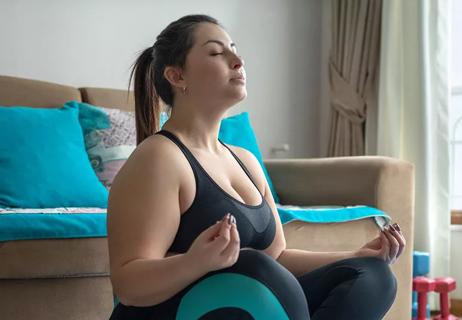
Losing belly fat can reduce your risk for chronic health conditions — try focusing on a diet high in lean protein, exercising regularly, reducing stress and getting quality ZZZs
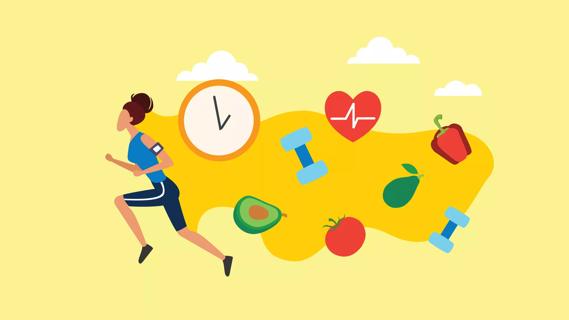
It’s best to exercise before or after your fast, instead of during it
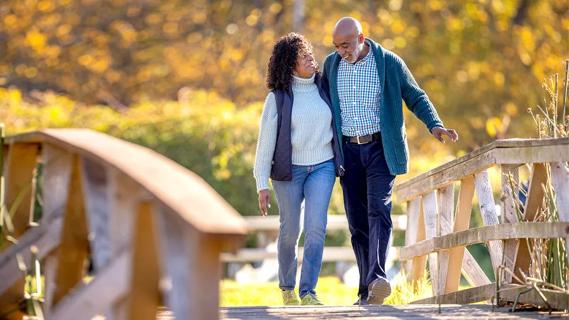
Absolutely! In fact, in many ways, exercise is key to recovery
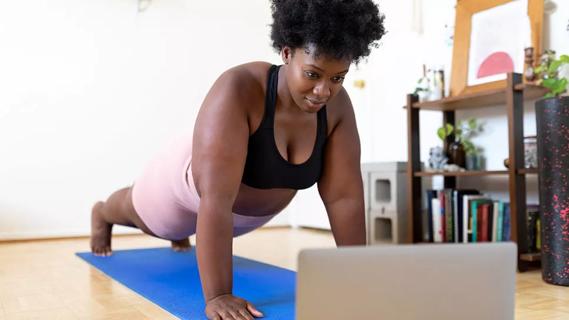
The exercise — which you’ve probably been doing since grade school — can be intimidating, but proper form can help
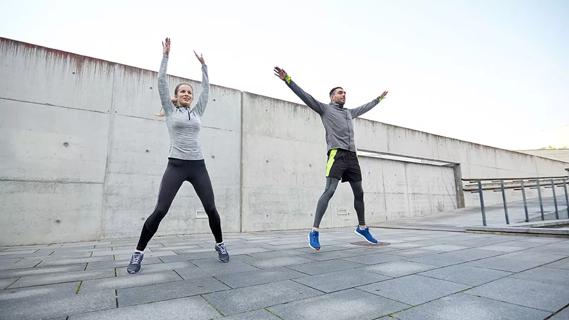
Cardio is great for improving cognition, but strength and balance training are just as important
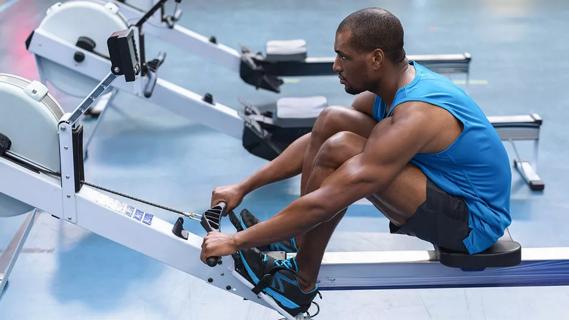
Exercise lowers risk for heart conditions, improves mental health and reduces visceral fat that can compromise your organs

Kids’ yoga can help kiddos become more aware of their physical, mental and emotional selves
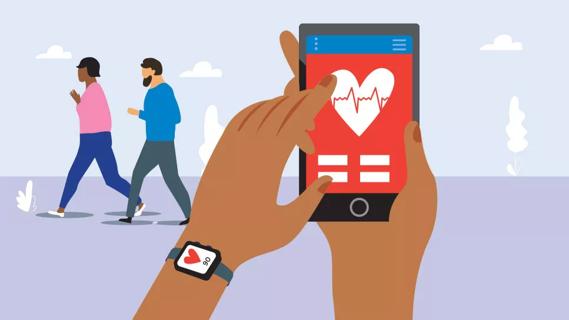
This technology can benefit your workouts by helping you hit your target heart rate, resulting in better overall health and wellness

Type 2 diabetes isn’t inevitable with these dietary changes

Applying a hot or cold compress can help with pain